Afanasyev 7.62x41 Light Machine Gun

A lesser known Soviet machine gun is the 7.62x25 LAD light machine gun. In my previous article, I mentioned that the LAD performed well in tests and was recommended for production for military evaluation. Unfortunately, a significant change occurred just as the LAD was about to enter production for troop testing. In the summer of 1943, during its testing at the proving ground, the Red Army captured new German machine carbines, which would later be known as assault rifles, along with their intermediate ammunition. This led to a rapid shift in focus towards developing a domestic counterpart for the intermediate cartridge and compatible weapons.
As a result, the LAD, along with other projects for light machine guns designed to use pistol cartridges, was sidelined. One of the LAD's designers, Nikolay Mikhailovich Afanasyev, continued to work on a new light machine gun in 1944, designed for the Soviet's new intermediate caliber, the Mod. 43 7.62x41.
The Gun
The Afanasyev light machine gun chambered for the new 7.62x41 cartridge was tested in early 1945. The machine gun looked ahead of its time and resembled a Stoner 63. It was a long-stroke gas-operated, and locking was achieved via a tilting bolt. The weapon was fed from a non-disintegrating 100-round metal push-through belt design similar to that of the MG-34, and it fed from an ammunition drum mounted to the gun.
The belt feed mechanism consisted of a two arm feed lever rotating around the longitudinal axis to transfer linear motion into lateral motion to facilitate the feeding a belt. The Afanasyev machine gun weighs only 12.98 lbs. (5.89 kg), which is remarkably lightweight even today. This would have made for a very maneuverable light machine gun. The barrel was removable and secured with a removable locking wedge, and the bipod was mounted forward of the gas block of the barrel. This may have been done to get the gun tested as an experimental prototype, to keep the weight down, or, historically, because Russian machine gunners don’t replace barrels.
The barrel bore was rough and not chrome plated for an experimental prototype. This was due to rapid development and limited resources and processes available to N. M. Afanasyev at the time. As a result of this barrel, the accuracy was not acceptable, but it did shoot. As a result, accuracy testing was eliminated.
The weapon had various feeding issues, failure to extract, and at least one part breakage. For the most part, it sounds like the rapid development and fabrication of the prototype, coupled with limited resources and process, nailed the coffin for this short-lived machine gun. The machine gun was found to be unacceptable for meeting the Soviet tactical and technical requirements for the reliability required by the Red Amy. This could have been the Soviets' first light machine gun and would have been the squad's most casualty-producing weapon.
Limited information is available about the Afanasyev light machine gun, including details such as its rate of fire. I would love to explore the archives related to this weapon someday. Its design emphasizes lightweight construction, which enhances rapid maneuverability on the battlefield. The Afanasyev light machine gun was an innovative attempt to create a lightweight machine gun during World War II; however, it ultimately remained a prototype and has largely been forgotten in the history of machine guns.
Adopting a lightweight machine gun for Soviet infantry squads would have offered several benefits, including increased mobility, enhanced firepower, improved operational flexibility, and reduced operator fatigue. These advantages significantly contribute to the effectiveness of infantry operations. Unfortunately, a suitable solution was too late to make a difference in World War II.
In development at the same time was the RPD-44 light machine gun designed by V. A. Degtyarev, which had already been tested and found to meet most of their requirements. However, the RPD is a 25% heavier gun; weight was a consideration, but reliability was a priority. Afanasyev’s machine gun was dropped and did not recommend any further modification for further consideration. Afanasyev's light machine gun is one of the lesser-known machine guns. Its design and weight were very forward-thinking. These are features we find very desirable today. The short feed tray cover is currently very popular, showing less influence from the MG-34, which inspired most post-war machine guns.

Lynndon Schooler is an open-source weapons intelligence professional with a background as an infantryman in the US Army. His experience includes working as a gunsmith and production manager in firearm manufacturing, as well as serving as an armorer, consultant, and instructor in nonstandard weapons. His articles have been published in Small Arms Review and the Small Arms Defence Journal. https://www.instagram.com/lynndons
More by Lynndon Schooler

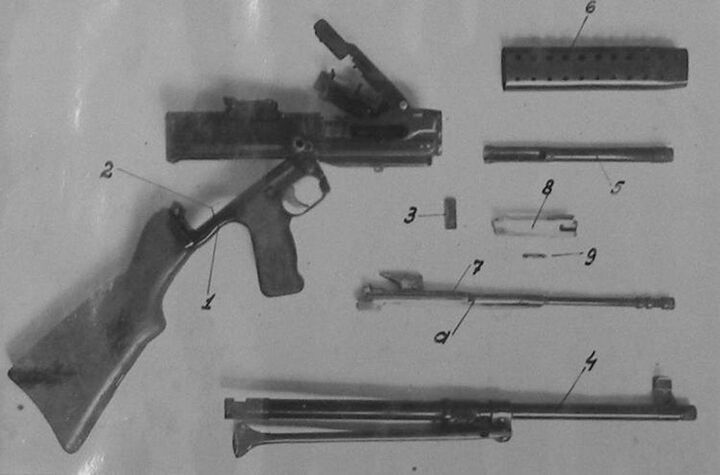




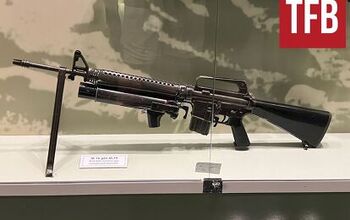


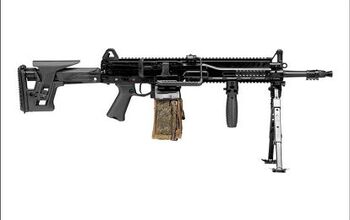
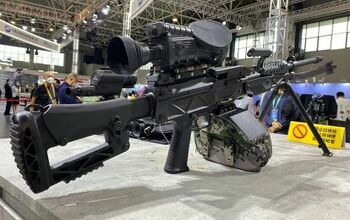
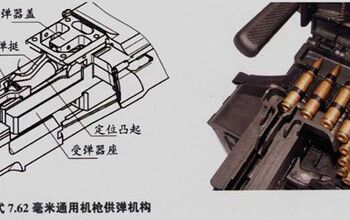
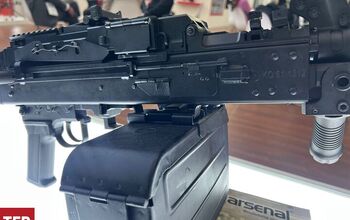

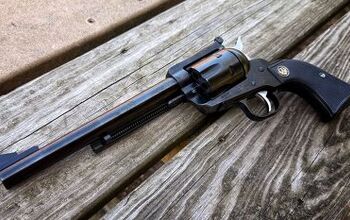
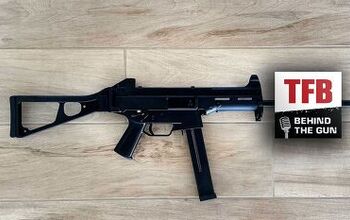
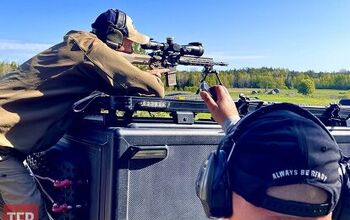



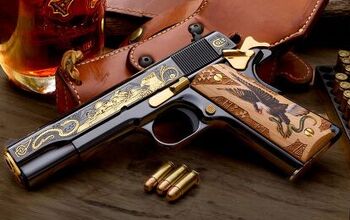
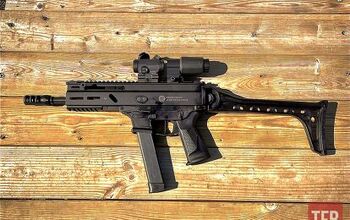
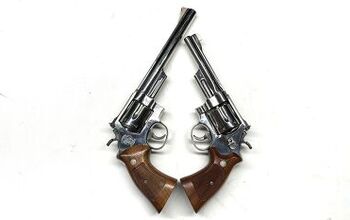

Comments
Join the conversation
I can find very little information about the Soviet 7.62x41 round. Thanks for forcing me down the rabbit hole, since I’d never heard of this cartridge before!